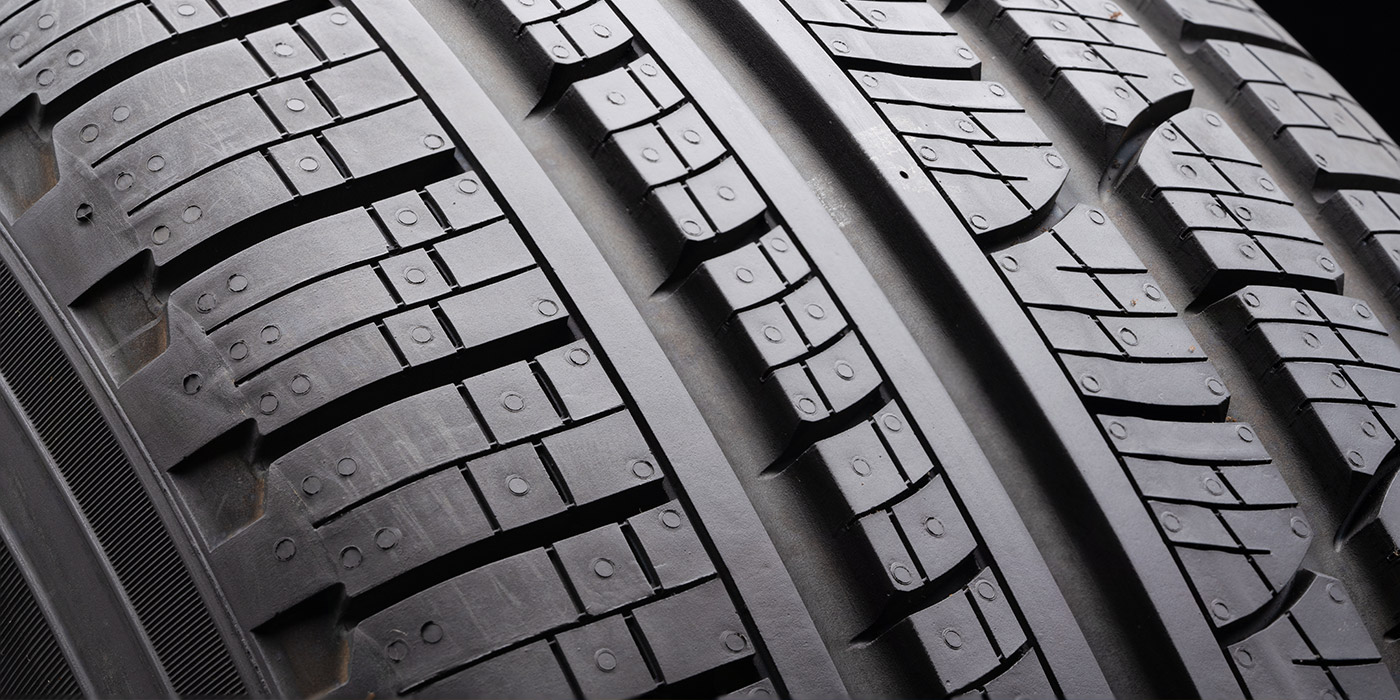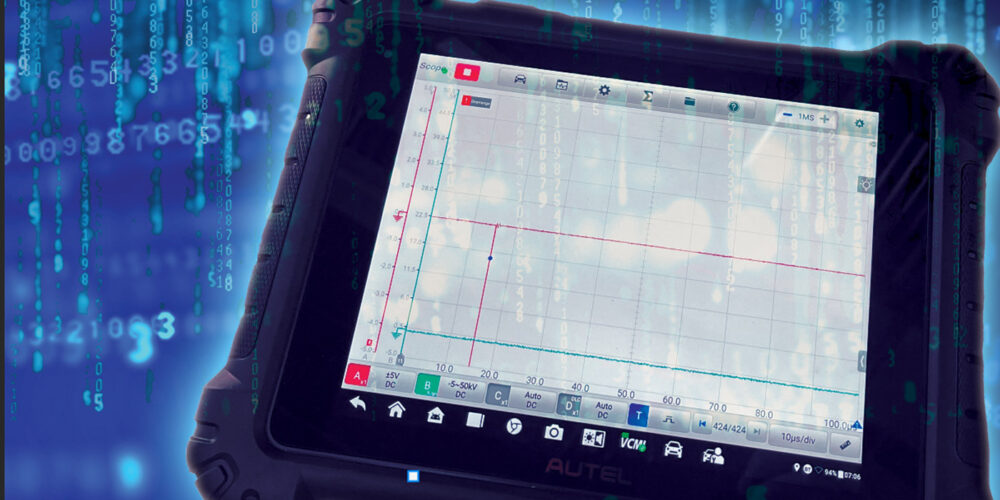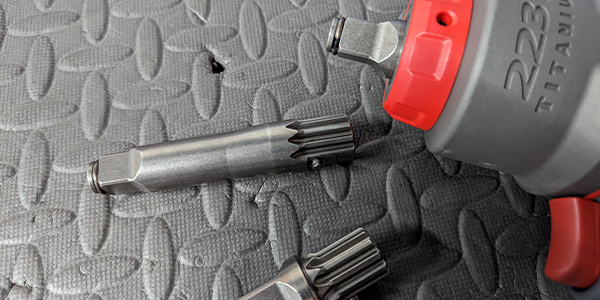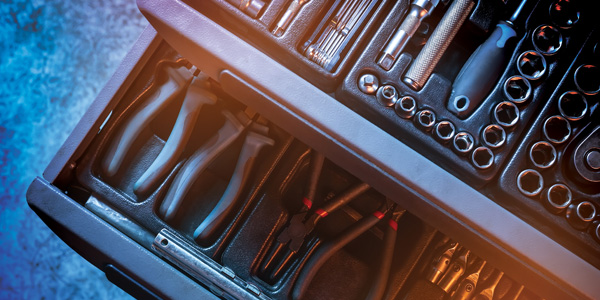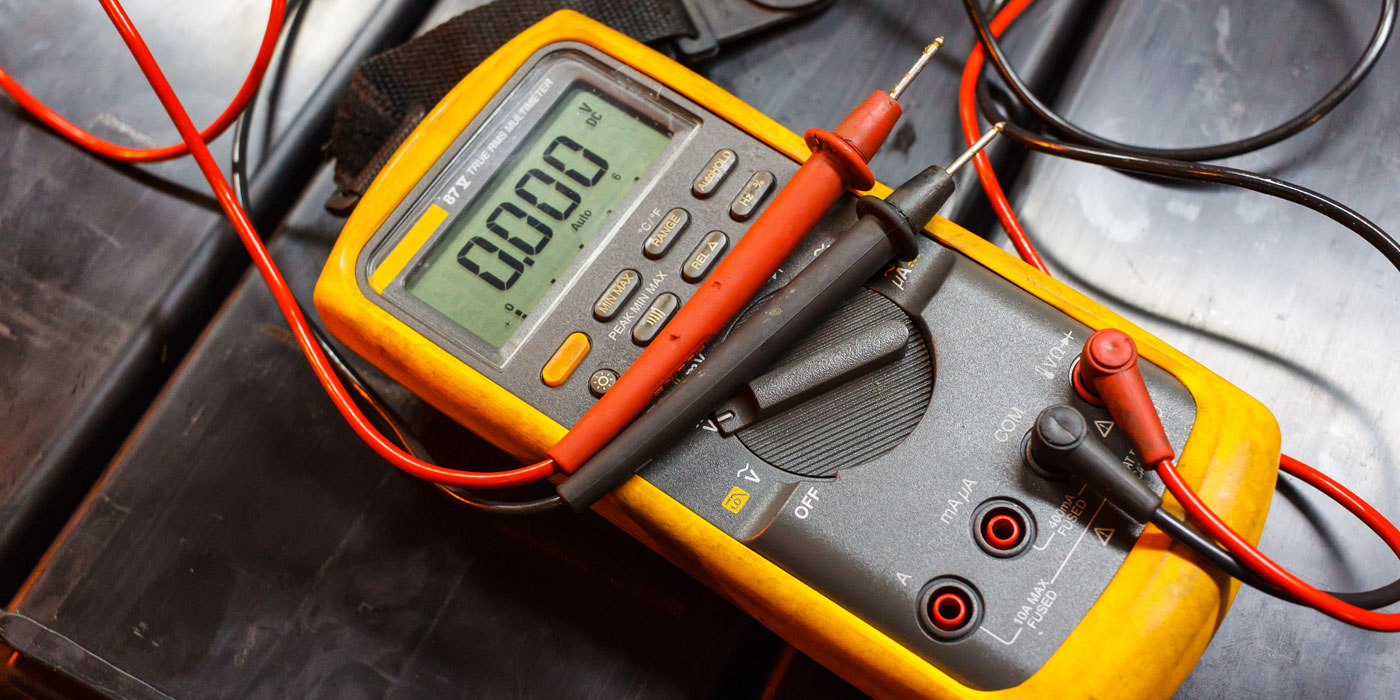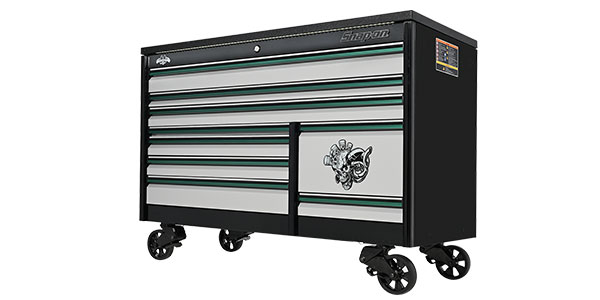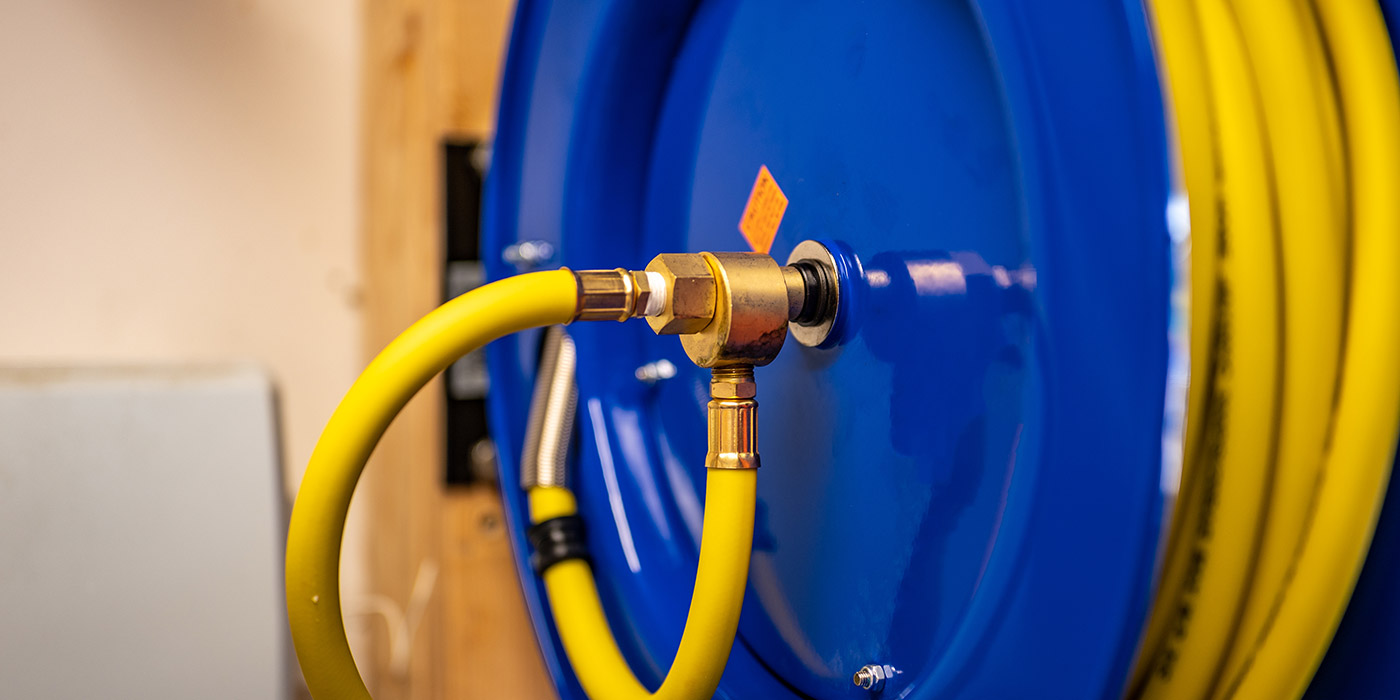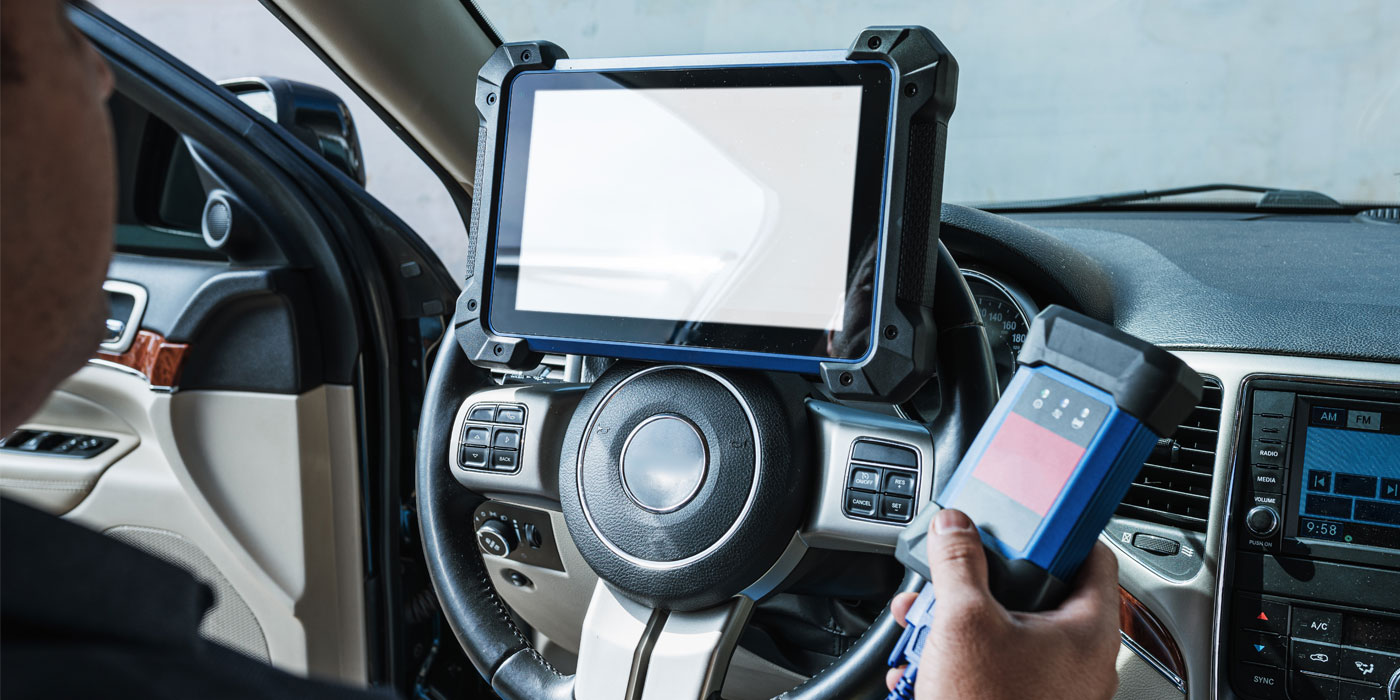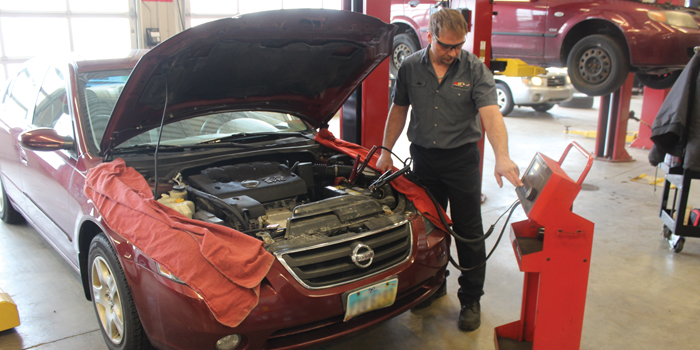 As vehicle manufacturers steadily increase the amount of electronic entertainment and convenience features on vehicles, the more electrical power is needed to operate them. That means keeping the vehicle’s battery – the main reservoir of electrical power – always charged and ready to go. Although a battery is built to last a couple of years, once in a while, it may “die,” due to extreme cold weather, or prolonged lack of use, the latter being the most common reason, said one shop owner. This may not always mean that something is wrong with the battery or that it needs to be replaced; it might just be “depleted.”
As vehicle manufacturers steadily increase the amount of electronic entertainment and convenience features on vehicles, the more electrical power is needed to operate them. That means keeping the vehicle’s battery – the main reservoir of electrical power – always charged and ready to go. Although a battery is built to last a couple of years, once in a while, it may “die,” due to extreme cold weather, or prolonged lack of use, the latter being the most common reason, said one shop owner. This may not always mean that something is wrong with the battery or that it needs to be replaced; it might just be “depleted.”
Most shops, therefore, keep a battery charger on hand that can recharge a dead battery, thereby extending its service life. Battery chargers for automotive use are designed to work with 12V standard, gel, AGM (Absorbent Glass Mat) and deep cycle batteries utilizing a manual or automated process.
If you are looking to purchase a battery charger for your shop, select one that is based on the types of batteries you will be charging, the features you will need and your budget. Features may include the charge rate you are looking for (slow or fast), engine start option (jump start capability) and compatibility with the battery types you will use. You may also want a charger that includes reverse hook-up protection, which means that the charger will not operate if the clamps are reversed.
The faster the charge capability you need, the more expensive the unit will be. Non-portable chargers, though more bulky to move around, are less expensive and have more features. For instance, wheeled battery chargers that are combined with engine starters are easy to use and will start the engine right away. They feature color-coded clamps, an easy-to-read meter, and come with a warranty.
For safety reasons, it is better to use an automated charger over a manual charger. The automatic charger switches off when the battery is fully charged, and is available with insulated or spark-resistant clamps to avoid any accidental shock.
Battery chargers that are combined with maintainers are designed to keep a battery charged and maintained even if the vehicle is not used regularly.
The automatic charger will deliver a small current when the battery charge goes below a certain preset level. Once the level is reached, it goes back into maintenance mode (also referred to as float-mode monitoring). The voltage is maintained according to the battery type selected. However, manufacturers recommend monitoring the battery and charging process because problems associated with the battery itself, electrical problems on the vehicle or other unanticipated issues may cause excessive voltage draws.
A fully automated portable battery charger and maintainer is a very handy tool during emergencies. Perfect for 12V or 6V lead acetate batteries on cars, motorcycles, snowmobiles, etc., it keeps them fully charged and ready to use.
Modern chargers that come with diagnostic capabilities are designed to test the battery while the charging is taking place. If the battery is “bad” and not worth charging, the screen will say “replace.” This saves both time and expense and helps the shop advise customers if they need to get a new battery or have the existing one serviced. Hence the combined diagnostic charger and tester helps control warranty expense, creates customer satisfaction and builds customer retention. Diagnostic chargers can be used on more than one vehicle at the same time.
Leading manufacturers currently offer highly advanced electrical diagnostic tools that are well-suited to today’s modern automotive service environment. These tools combine the features of a conventional battery charger and tester and, as a result, help technicians make better decisions about electrical system issues. Capabilities of these tools include battery testing, starter testing, charging system testing and advanced electrical system diagnostics. A large graphical screen and a complete alpha numerical keypad help drive the use of the product.
Battery testers are also available for testing-only purposes. However they come both as a smart tester and as a conventional tester. The app for the smart tester can be downloaded to an iOS or Android smart device. In less than two minutes, it can test the vehicle’s battery and the health of the charging system and display a comprehensive graphical summary on the screen of the smart device. This information can then be shared with the customer via email or print. Another advantage of a smart battery tester is that the report it generates can also be electronically linked to the vehicle’s history.
The conventional, more affordable battery testers available for testing only use state-of-the-art conductance technology to provide quick and accurate load-free testing of 12V batteries including standard, AGM and maintenance-free batteries.
“When I was looking to purchase a battery charger for my shop,” said shop owner Frank Montgomery, Paoli Auto Repair in Paoli, PA, “I talked first to my guys that would be using it, then I checked with some of my colleagues in the industry to see what they would recommend and, of course, considered the pricing. Finally, I went with a unit that that would keep the battery voltage steady while charging it, and would also help with programming.”




